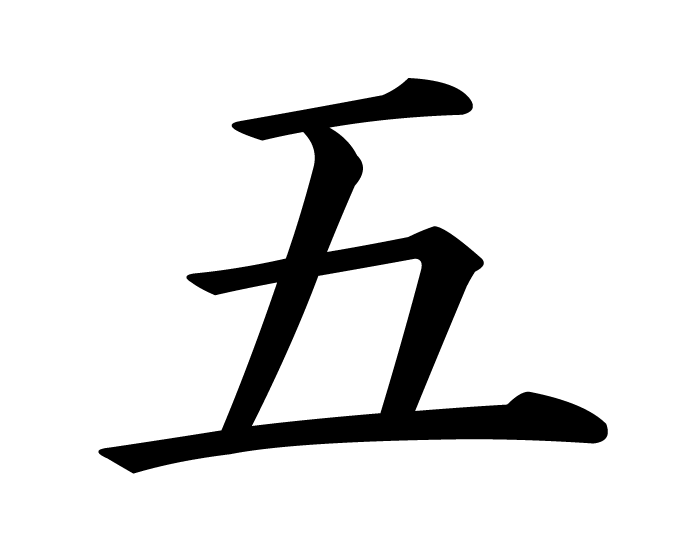
If you’re here, it’s likely because you’re captivated by Japanese culture. And if you truly want to immerse yourself in it, understanding their writing system is paramount. You’re absolutely right in thinking that mastering Kanji is the way to delve deeper into this fascinating culture. Allow “Kanji 101: Your Guide to Mastering the Characters” to be your companion in comprehending the characters, their associations, and their English translations.
Overcoming the Challenge
You might have some reservations about taking on the challenge of learning Kanji. You may have come across blogs highlighting the difficulty of mastering thousands of characters, and indeed, it can seem like a daunting task. Even native Japanese individuals spend their junior high school years learning them.
However, do not be disheartened. The first step in learning Kanji is to equip yourself with unwavering determination, even if it takes time. Patience is your greatest ally. Though mastering Kanji can be challenging, it is by no means impossible. Non-native learners can also achieve proficiency in writing and reading Kanji if they dedicate themselves to the task. If you are one of these individuals, then this guide will undoubtedly be of immense help to you.
Emphasizing the Fundamentals
Kanji characters are originally Chinese characters and are used to write most Japanese verbs, nouns, stems of adjectives, and some adverbs. Therefore, it’s essential to grasp the Chinese characters first. However, keep in mind that the Japanese writing system also includes Hiragana and Katakana, and many words are not written in Kanji. For example, the verb “to do” is always written in Hiragana.
For beginners, the best approach to learning Kanji is by practicing how to write the characters. Dedicate several hours each day to repeatedly write the characters, and over time, you’ll find yourself memorizing the strokes. Pay attention to the size of your characters—they should match the actual character and not deviate too much.
Another effective method for memorizing characters is to associate them with images. For instance, the Kanji characters representing a “person” actually resemble a person, and the character for “stop” looks like a person extending their arm in front of them. If you find it easy to recall characters through image associations, then consider using recommended books like “Remember the Kanji” by James Heisig, a best-selling book, or “Kanji Pict-O-Graphix” by Michael Rowley.
Where to Find Valuable Online Resources
You don’t need to spend a fortune on reading materials for your studies; the internet offers an abundance of free resources! Numerous websites feature online dictionaries, such as jisho.org, which provide pictures and diagrams as memory aids. Another highly recommended site for creating Kanji is Kanji Tools, offering similar visual aids.
Ultimately, the strategy you choose depends on what works best for you. So, don’t hesitate any longer. Dedicate yourself wholeheartedly and start writing your first Kanji character now!



